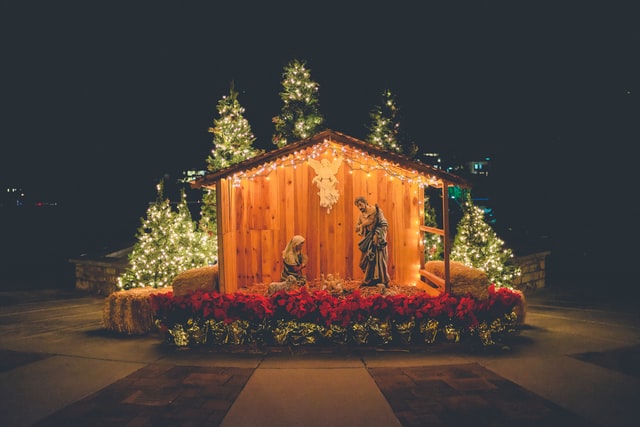Christians Must Face The Reality Of Rape Culture

I am so pleased to welcome guest blogger Leslie Hahner, PhD, to The Anxious Bench today. Leslie is a brilliant thinker, writer, and professor. I know this because we have been in an interdisciplinary writing group together since 2011. She has two recently published books, To Become an American: Immigrants and Americanization Campaigns of the Early Twentieth Century and Make America Meme Again: The Rhetoric of the Alt-right. Her current book project, which she is writing with fellow Baylor professor Scott Varda, focuses on how individuals deny the existence and pervasiveness of sexual assault. Today, Leslie Hahner offers her insights on what the church is called to consider.
In October 2017, actress and activist Alyssa Milano tweeted a note that asked those who had “been sexually harassed or assaulted” to reply “‘me too’” to her tweet. Within one day, the “post received more than 38,000 comments, 13,000 retweets and 27,000 likes.” The responses then spread from Twitter to Facebook and Instagram. The expanse of the problem, as Sophie Gilbert wrote in the New York Times, could be grasped once the public woke “up to a feed dominated by women discussing their experiences of harassment and assault.” Inspired by Tarana Burke, the hashtag had spawned a movement, a public insistence from thousands that sexual violence was pervasive, systematic, and unabated by current measures of justice. Sparked by the vicious actions of Harvey Weinstein and others, the #metoo movement began to demonstrate the expanse of rape within a culture that enabled the perpetuation of sexual violence.
Within in a short time, #churchtoo would open the eyes of the faithful to the ways sexual assault was also part of religious communities. Men, women, and children would all voice their own violent histories from other members of their congregation and even members of the clergy. Of course, substantial research has already indicated that 3% of adult women have experienced sexual misconduct from members of the clergy. #Churchtoo takes up this truth and insists that sexual misconduct has been ignored and excused by the church. The fallout witnessed the resignation of Andy Savage, the retirement of Bill Hybels, the prosecution of certain Catholic priests and nuns, and a whole host of other events.
Yet, we are far from a true moment of reconciliation when it comes to reckoning with rape culture in the church.
The backlash against #metoo and #churchtoo has been swift and cutting. Public admonishments have already suggested that survivors have gone “too far,” with the Southern Baptist Convention asserting that its leaders, predominately male, are able to tackle these matters themselves. Indeed, the public seems to ill understand the stakes of these conversations. After all, Andy Savage received a standing ovation for his confession of rape.
In this light, it is crucial to understand the ways rape and sexual assault is often minimized. Twenty years ago, researchers Kimberly A. Lonsway and Louise F. Fitzgerald listed the top seven rape myths that perpetuate gendered violence. These myths include:
1. She asked for it.
2. It wasn’t really rape.
3. He didn’t mean to.
4. She wanted it.
5. She lied.
6. Rape is a trivial event.
7. Rape is a deviant event.
Each of these myths helps to excuse rape and sexual violence—for both men and women as survivors. Houses of worship are places where these lies hold special sway. For instance, discussions of modesty in some denominations are nearly wholly focused on protecting males from their sexual urges. Lessons in modesty often assume that immodest dress is a way that women “ask for it” or “want” sexual attention. Further, demonization of individuals such as Andy Savage or Bill Hybels may make some folks feel better about stopping rape culture. But, more often than not, these rebukes position rape as committed by deviant actors, something too “trivial” to force institutions to rethink normal business.
As we continue to grapple with sexual violence and the demands it places on those who believe, we must question the ways we respond to these moments. If you or someone you love has ever used these denial statements to assert that survivors are lying, that rape was simply a misunderstanding (or he said/she said), or that sexual violence is not something that is part of your own church, your own denomination, or your own community, then now is the time to rethink your assumptions. Ignoring sexual assault, or simply shaking your head that it has occurred is not enough. Both of these actions encourage sexual assaults to continue.
#Churchtoo is not just a moment to prosecute the worst offenders but it is also a moment for each of us to understand our place in larger systems of abuse.






